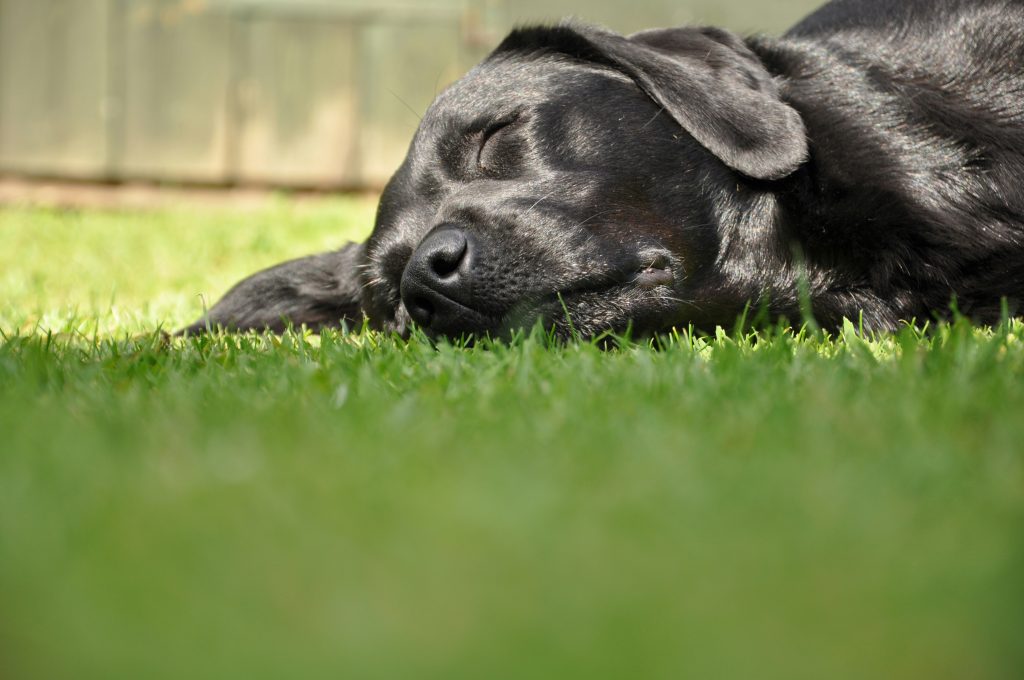How Exercise Reduces Anxiety in Dogs
Just like people, dogs need physical activity to feel their best—mentally and physically. While regular exercise strengthens muscles and improves cardiovascular health, it also plays a powerful role in calming anxiety and reducing behavioral issues.
If your dog is pacing, barking, chewing, or acting out, they might not be misbehaving—they might just need more movement. Let’s explore how exercise benefits anxious dogs and how you can create a routine that keeps their body and mind in balance.
Why Dogs Need Physical Activity
Dogs were bred to work, hunt, and move. Whether your pup is a herding dog, sporting breed, or lap-loving companion, they still have instincts and energy to burn.
Without proper physical outlets, dogs can become restless, stressed, and anxious. This stress can manifest in destructive behaviors like:
-
Chewing furniture
-
Excessive barking
-
Digging
-
Escaping the yard
-
Aggression or overexcitement
Exercise releases pent-up energy and stimulates the production of serotonin—the same “feel-good” chemical that boosts mood in humans. A physically active dog is more likely to be emotionally balanced, well-behaved, and calm.
The Mental Benefits of Exercise
Mental stimulation is just as important as physical movement. Many dogs, especially intelligent breeds like Border Collies, Poodles, or German Shepherds, need daily challenges to stay emotionally satisfied.
Exercise routines that include training, obstacle courses, or varied terrain (like trails or parks) help fulfill both physical and mental needs. When dogs are mentally and physically worn out in a healthy way, anxiety levels tend to drop significantly.
Best Types of Exercise for Calming Dogs
Not all dogs need the same amount or type of exercise. Here are some effective ways to incorporate calming movement into your dog’s day:
🐾 Daily Walks
-
The most accessible form of exercise
-
Morning and evening walks help bookend the day and reduce stress
-
Use a structured pace and give your dog time to sniff
🎾 Fetch or Tug Games
-
Great for high-energy breeds
-
Combines cardio with fun bonding time
-
Keep sessions short and positive
🧠 Obstacle Courses or Agility
-
Mentally and physically challenging
-
Use tunnels, cones, or hurdles in your yard or living room
-
Helps focus anxious energy into task-based play
🌲 Hiking or Trail Walks
-
Natural environments are soothing
-
The variety in terrain stimulates their senses
-
Perfect for weekend adventures
🐶 Doggy Playdates
-
Social interaction can reduce anxiety
-
Helps burn energy through play and exploration
-
Always supervise to ensure safety and compatibility
🏊 Swimming
-
Excellent low-impact exercise for all breeds
-
Soothes joints and provides full-body movement
-
Especially beneficial for older or arthritic dogs
How Much Exercise Does Your Dog Need?
The right amount of exercise depends on your dog’s age, breed, and energy level. As a general guideline:
-
Puppies: 5 minutes per month of age, up to twice a day
-
Adult Dogs: 30–60 minutes of activity daily
-
Senior Dogs: Gentle movement like short walks or swimming (as approved by your vet)
High-energy breeds like Huskies or Dalmatians may need even more activity to avoid stress-related behaviors.
Signs Your Dog Isn’t Getting Enough Exercise
If your dog is under-exercised, you might notice signs of restlessness or stress, such as:
-
Constant pacing
-
Destructive chewing or digging
-
Whining or barking at night
-
Excessive licking or self-grooming
-
Weight gain or muscle loss
On the other hand, an over-exercised dog may appear lethargic, stiff, or irritable. Striking a balance is key.
Tips for Creating a Calm Exercise Routine
-
Be Consistent: Daily activity is more effective than occasional big outings.
-
Mix It Up: Keep things interesting with new routes, games, or toys.
-
Avoid Overexertion: Especially in hot weather or with senior dogs.
-
Use Exercise Before Stressful Events: A walk before a vet visit or fireworks can help your dog cope.
-
Pair with Training: Combine obedience or trick training with physical play to boost focus and confidence.
Final Thoughts
Exercise isn’t just about staying fit—it’s about staying balanced. For dogs, movement is medicine. Whether your pup is struggling with mild anxiety or showing signs of nervous energy, a steady exercise routine can offer immense relief.
The next time your dog seems anxious, don’t just ask what’s wrong—ask if they’ve had enough movement today. A walk, a game, or a swim might be all it takes to bring them peace. 🐕🦺💨


